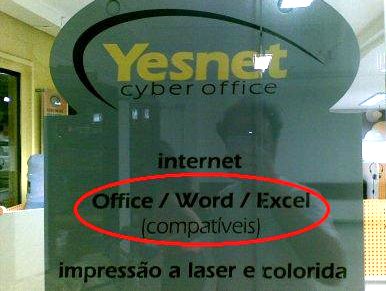One of the most critical and discussed points of the whole OOXML subject is how the specification lets you include binary proprietary information.
Let me show you how it happens with a piece of an OOXML document, the red-marked text is the problematic part (see for yourself, §6.2.2.14, paper page 4,813, lines 7–13):
<v:shape>
<o:ink i="AMgFHQSWC+YFASAAaAwAAAAAAMA..." annotation="t" contentType="application/x-ms-ink"/>
</v:shape>
So you, as a programmer, please tell me what to do if you are developing an application that must read and generate this kind of document. How can I find documentation about this encoded binary stream? Is this a good practice in XML? Anyway, this kind of (bad) design appears in many parts of the OOXML spec. Want more examples of bad design? Have fun.
Suppose I really want to develop this kind of support in my application, I am a master programmer and reverse-engineered a few examples generated with a copy of MS Office 2007 that I had to buy. Or maybe I just found the specification of this proprietary application/x-ms-ink type and go to develop a library to handle it.
Inevitably, my library will reimplement aspects of some Microsoft library with same functionality, and according to a Software Freedom Law Center report, the Microsoft Open Specification Promise (OSP, basically the not-open-enough license Microsoft lawyers wrote for the usage and implementation of OOXML) cover’s the specification only, not code.
I will be sued for patent infringement. On software rewrite, not on specification usage.
Then the rape begins. Microsoft is claiming that this was solved in the ISO’s BRM meeting. This is the solution, from the ridiculous 12 pages resolutions, page 7:
Resolution 25: The BRM decides to accept the editing instructions contained in http://www.itscj.ipsj.or.jp/sc34/def/BRM/Response_0135_bitfields.doc in place of R 135, replacing “deprecated” by “transitional”, and with the following addition: The Editor shall ensure that all existing attributes defining the bitfields described above shall be “transitional”—so resolved.
Who reads this resolution with high level eyes may think that all binary fields will be removed from the specification. But please, you, as a programmer, tell me how the so called Editor will find all and every single part of a 6000+ pages specification containing bitfields? How he’ll expand all those bitfields in an XML subspecification? Will he invent some? Is he the right person (or team) to do that?
When done and if done, the specification will be something completely new, full of new parts. Will jump from 6063 pages to maybe 7500. Oh, and did I mention it will be something that even MS Office 2007 or 2008 don’t support today? Supporting or not, implemented or not, this new unexistent specification is the “thing” that countries’ National Bodies are voting right now, without even seeing it, without checking if it was corrected, without having time for this because they didn’t receive it for revision.
They won’t have time to review 6000+ pages because the deadlines defined by the ISO’s Fast Track process are over.
So the question is how ISO/IEC and JTC1 let such a big and problematic specification enter the light Fast Track process? My answare: ISO was raped.
I’ve been talking to several people that will define their country’s vote and their mindset is “are you really putting ISO in such a bad position?” Well, yes. You know, in the end ISO is not god. They are a bunch of people that, like you and me, have religions, aspirations, problems, family, go to the bathroom etc. Like you and me, they may be also naive in regard to some subjects, particularly document formats. Then comes Microsoft excellent speakers showing PowerPoint charts that are plain lies (e.g. “OpenOffice.org supports OOXML”) and people believes them.
People have two choices: to question ISO’s reputation in the OOXML case, or question IBM, Sun, Oracle, Red Hat, Free Software Law Center, ODF Alliance and many other institutions’ reputation when they massively scream in chorus that OOXML has serious technical, legal and standardization process issues.
This is a world where organizations like ECMA has completely lost the respect of the technical community. But this is not a big problem, because we have other similar, still reliable bodies as OASIS, W3C, OSF, etc.
This is a world where we will have to work hard to make ISO regain its (currently damaged) reliable status. This is a big problem, because we only have one (and only need one) International Standards Organization.
This is your responsibility. To start this work get involved with your country’s National Body for standardization and promote the creation of a formal letter to ISO about the OOXML process, its problems and how ISO let that happen. INCITS in USA, ABNT in Brazil, INN in Chile etc.



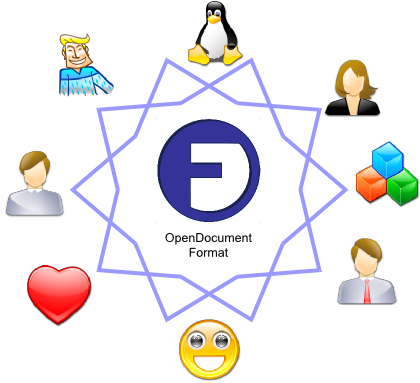
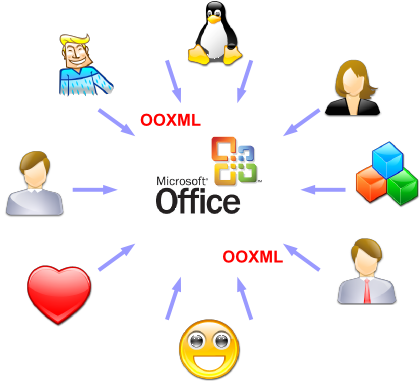
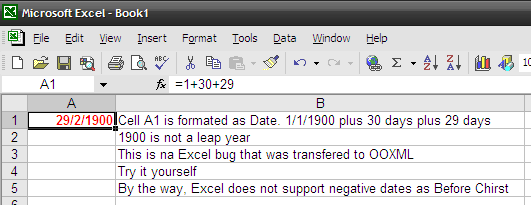

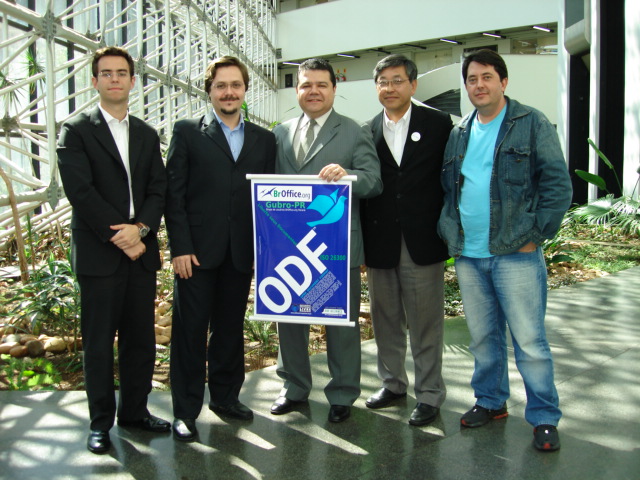
 Essas
Essas 